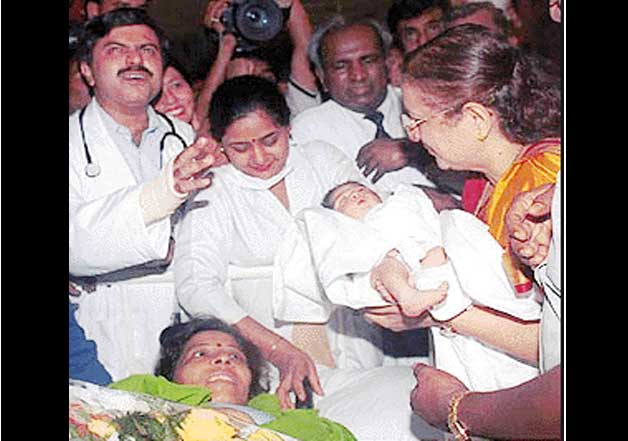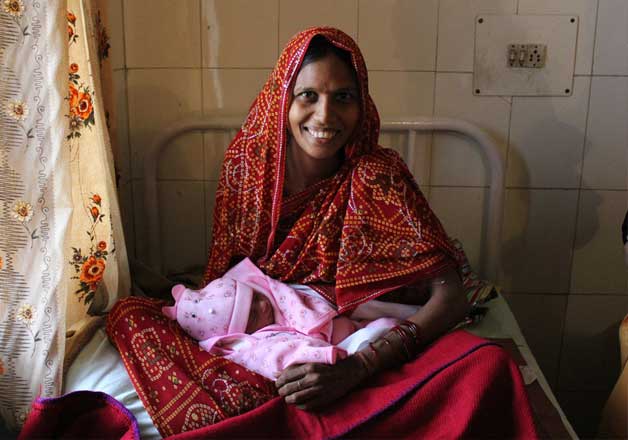
Fifteen years back, India's official population reached the mark of one billion with the birth of a baby girl-‘Aastha' on May 11, 2000.
Amid the nation-wide coverage and flashing cameras, Aastha- faith in Hindi, was born to Anjana and Ashok Arora at 5.05 am in New Delhi's Safdarjung Hospital.
Aastha's mother, Anjana, recalls being wheeled out of the delivery room after a tough birth, only to face about 100 television cameras.

“Don't crush the baby," Sumitra Mahajan, then minister for women and child welfare and current Lok Sabha speaker, screamed into her microphone as nearly 200 journalists swarmed over the mother's bed.
Weighing six pounds 13 ounces at birth, she was unanimously chosen to be designated as one billionth Indian among the other babies born that day.
With an estimated 42,000 births per day in India, it was impossible to know exactly where the billionth baby would be born, but the government staged the milestone as part of a public campaign to encourage Indians to have smaller families.
Today after 15 years, India is the second most populous country in the world, with over 1.27 billion people, more than a sixth of the world's population.

Interestingly, in 2011, Plan International, a child right group, declared a baby girl born in India as world's seven billionth person.
Baby Nargis, the daughter of a poor farmer, was chosen as the seventh billionth baby to focus attention on the ills of female foeticide and India's skewed sex ratio, the organization said.
Every minute, 51 babies are born in India, 11 of them in the most populous state, Uttar Pradesh. Already containing 17.5% of the world's population, India is projected to be the world's most populous country by 2025, surpassing China.
It is an alarming call for the developing country like India, which is already short on resources for the vast-vast population.



















